Het arrangement The world's finest museums h45 is gemaakt met Wikiwijs van Kennisnet. Wikiwijs is hét onderwijsplatform waar je leermiddelen zoekt, maakt en deelt.
- Auteur
- Laatst gewijzigd
- 2025-05-11 22:15:46
- Licentie
-
Dit lesmateriaal is gepubliceerd onder de Creative Commons Naamsvermelding-GelijkDelen 4.0 Internationale licentie. Dit houdt in dat je onder de voorwaarde van naamsvermelding en publicatie onder dezelfde licentie vrij bent om:
- het werk te delen - te kopiëren, te verspreiden en door te geven via elk medium of bestandsformaat
- het werk te bewerken - te remixen, te veranderen en afgeleide werken te maken
- voor alle doeleinden, inclusief commerciële doeleinden.
Meer informatie over de CC Naamsvermelding-GelijkDelen 4.0 Internationale licentie.
Aanvullende informatie over dit lesmateriaal
Van dit lesmateriaal is de volgende aanvullende informatie beschikbaar:
- Toelichting
- Deze les valt onder de arrangeerbare leerlijn van de Stercollectie voor Engels voor havo, leerjaar 4 en 5. Dit is thema 'Art'. Het onderwerp van deze les is: The world's finest museums. Deze les gaat over beroemde artiesten, schilderijen en de beste musea. In de grammaticaopdracht wordt must/have to behandeld.
- Leerniveau
- HAVO 4; HAVO 5;
- Leerinhoud en doelen
- Engels;
- Eindgebruiker
- leerling/student
- Moeilijkheidsgraad
- gemiddeld
- Studiebelasting
- 4 uur 0 minuten
- Trefwoorden
- arrangeerbaar, artiesten, engels, h45, musea, museum, must/have to, schilderijen, stercollectie, the world's finest museums

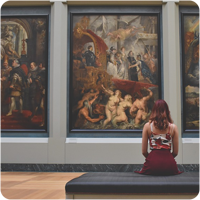 The subject of this lesson is 'The world's finest museums'.
The subject of this lesson is 'The world's finest museums'.


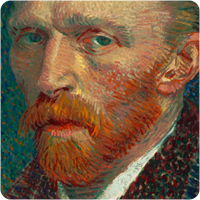 Writing and Watching
Writing and Watching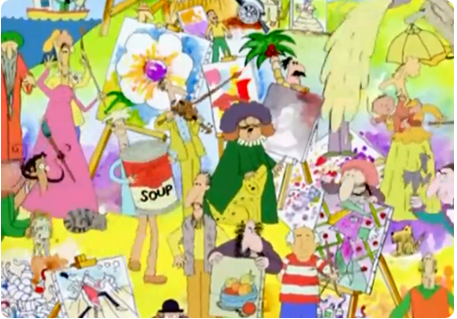 We’re famous artists, yes famous artists: Paul Gaugin, Edward Hopper and Van Gogh (Oh.)
We’re famous artists, yes famous artists: Paul Gaugin, Edward Hopper and Van Gogh (Oh.)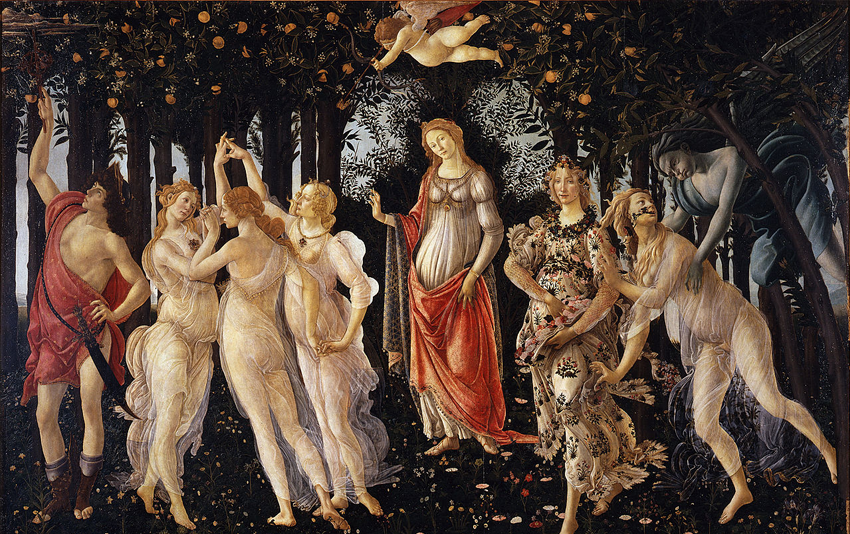

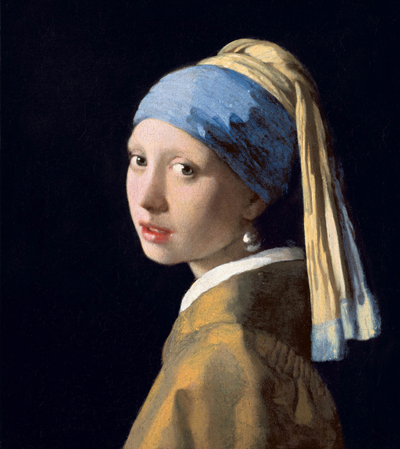
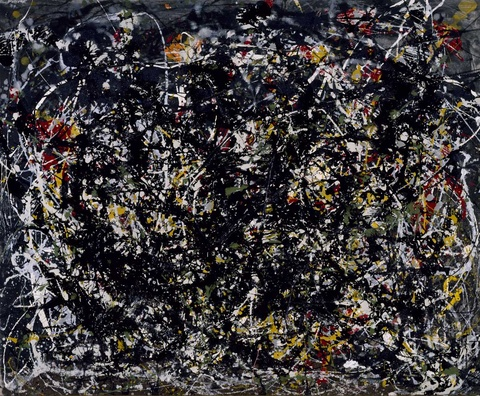
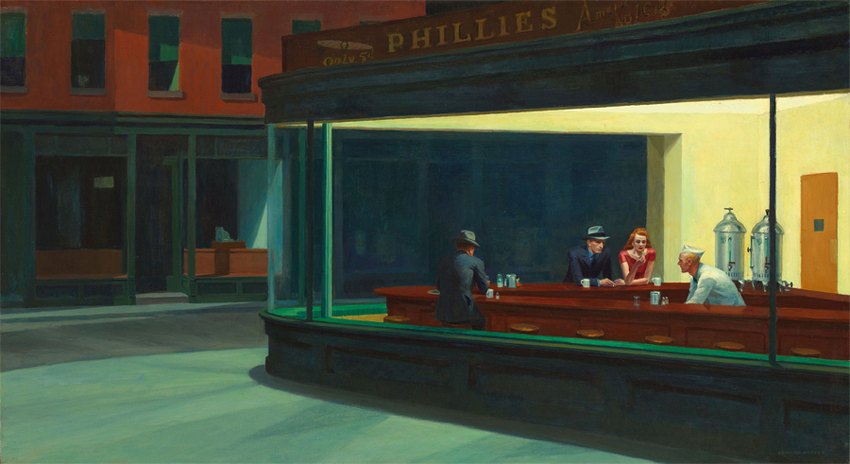
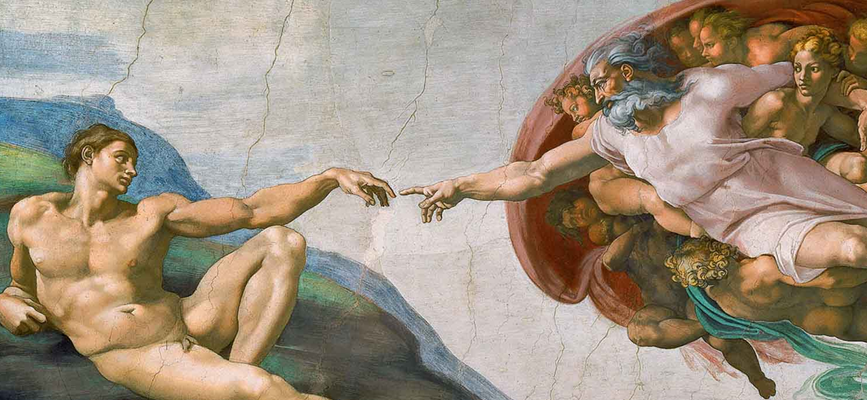
 Speaking
Speaking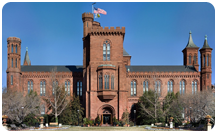 1. Smithsonian Institution, Washington, D.C.
1. Smithsonian Institution, Washington, D.C.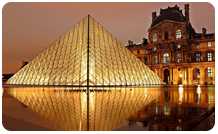 2. Le Louvre, Paris, France
2. Le Louvre, Paris, France 3. The Acropolis Museum, Athens, Greece
3. The Acropolis Museum, Athens, Greece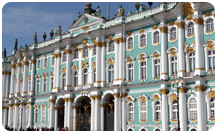 4. State Hermitage, St. Petersburg, Russia
4. State Hermitage, St. Petersburg, Russia 5. The British Museum, London, England
5. The British Museum, London, England 6. The Prado, Madrid, Spain
6. The Prado, Madrid, Spain 7. The Metropolitan Museum of Art, New York City, New York
7. The Metropolitan Museum of Art, New York City, New York 8. The Vatican Museums, Vatican City, Italy
8. The Vatican Museums, Vatican City, Italy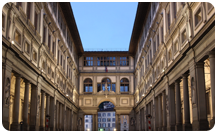 9. The Uffizi Gallery, Florence, Italy
9. The Uffizi Gallery, Florence, Italy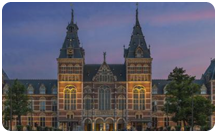 10. Rijksmuseum, Amsterdam, the Netherlands
10. Rijksmuseum, Amsterdam, the Netherlands
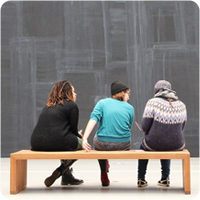 Speaking: Think!
Speaking: Think!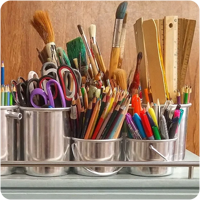 Grammar
Grammar
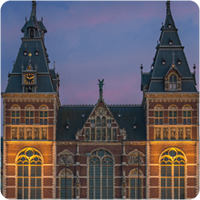 Task
Task